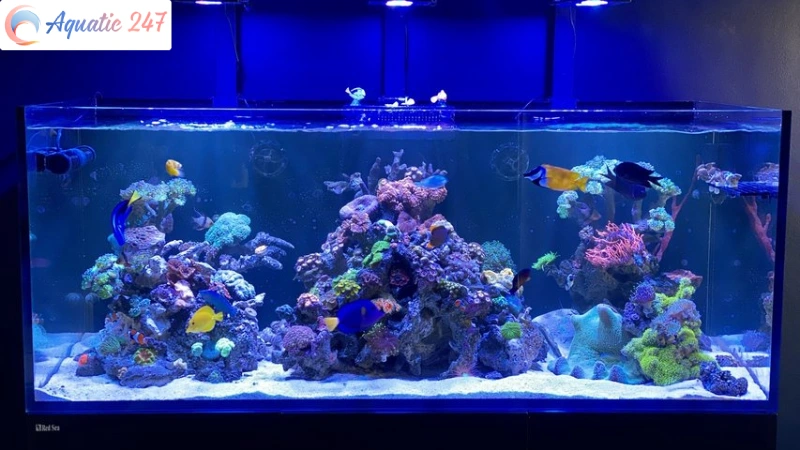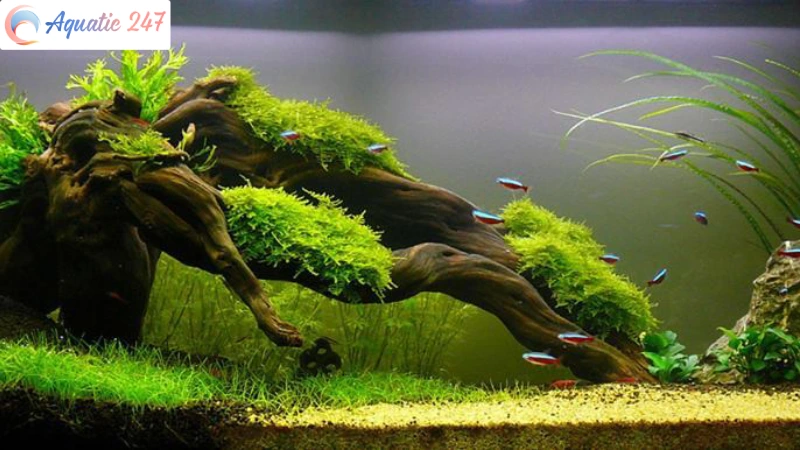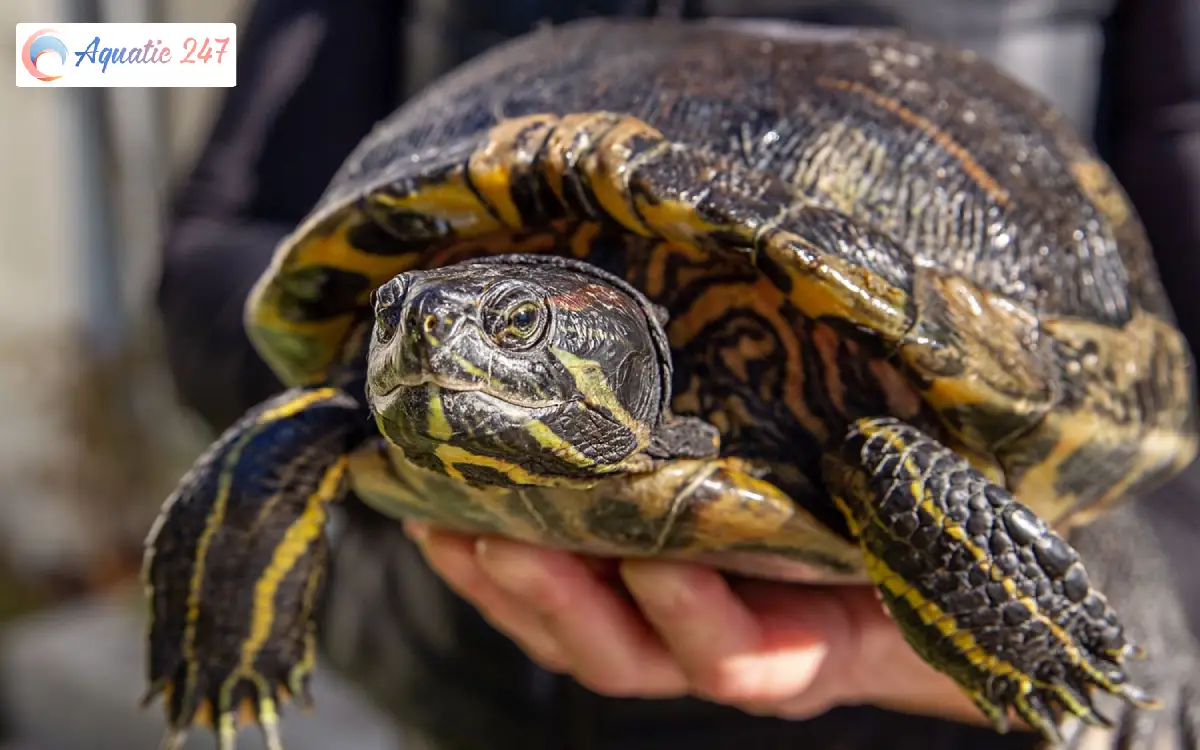Excess ammonia is very harmful to plants and animals in the aquarium. Thus, turning ammonia into nitrite is also a way to balance ammonia levels. Therefore, ammonia not converting to nitrite may cause a worrisome problem. In this article, Aquatic 247 will identify why nitrification is not being performed and provide solutions to this problem.
What is the nitrogen cycle for aquariums?
The nitrogen cycle, known as the nitrification cycle, is the process that breaks down toxic nitrogen waste products in your aquarium into less harmful components.
Step 1: Ammonia is formed when your fish urinates.
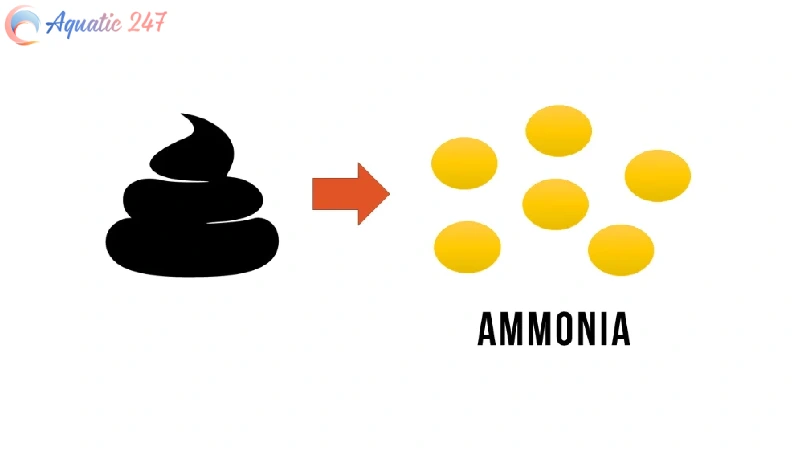
Step 2: Beneficial bacteria #1 eat the ammonia and produce nitrites.
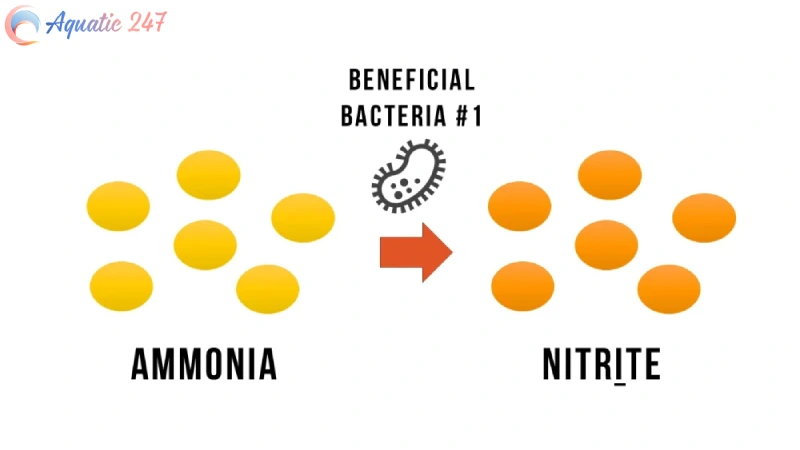
Step 3: Beneficial bacteria #2 then eat the nitrites and produce nitrates (the least toxic nitrogen compound).

Step 4: The fish continue to eat food and produce waste, which gets processed from ammonia and nitrites into more nitrates.

Step 5: Eventually, the amount of nitrates will build up and can become harmful to the fish in high amounts. You must remove the nitrates either by doing a water change or by using aquarium plants. (The aquarium plants consume the nitrates to produce new leaves.)
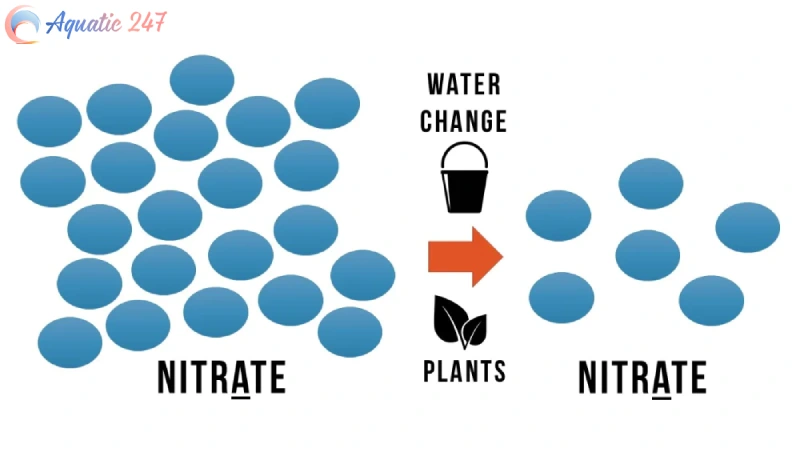
Why is ammonia not converting to nitrite?
Let’s find out the reasons why ammonia is not converting to nitrite.
Level of ammonia
Ammonia levels are required to balance nitrification. The optimal amount for balancing is between 0.25 and 2 ppm. When levels are within this range, bacteria can perform better during the transformation process.
However, if the ammonia concentration is too low, the conversion to nitrite will fail. On the other hand, if the ammonia content is too high, it will be hazardous to aquatic species.
If the ammonia concentration is too low, you will need to add it manually. When adding ammonia, check the level more frequently than usual.
Level of oxygen
Oxygen acts as a catalyst in the nitrification process. However, sometimes the oxygen level in the tank drops, slowing down the nitrification process. So, to get the right oxygen level, make sure the tank is not sealed.
Toxins
If you’re familiar with the process of creating nitrite from the ammonia cycle, you’ll know that there are several bacteria involved. In the presence of toxins, these bacteria die, slowing the conversion of ammonia to nitrite.
Specifically, chlorine or chloramine levels in aquarium water will rise, and the nitrification process will slow.
Water parameters
Ammonia not converting to nitrite since the water parameters are unstable. The ideal temperature is 75°F to 78°F. You always use an automated water heater to balance the water temperature.
At the same time, balancing the pH level is also important (7.8 to 8.2).

How to boost high nitrites and nitrates during cycle?
Here are some tips that can help you boost the process.
Adding beneficial bacteria
In general, bacteria that aid in the cycling of nitrite are produced in the aquarium as a byproduct. However, if the cycling process is delayed, it is possible to conclude that this bacteria is deficient.
You can purchase these bacterium spores on the market. These microorganisms are specialized in nitrification. However, you will need to allow some time for the spores to develop into bacteria.
When inserting the bacteria spore, follow the instructions carefully. They will tell you how much to add. Additionally, try adding the spore at night after feeding the aquatic animals. This promotes the growth of the nitrifying bacteria.
Adding old gravel
Adding old gravel to new tanks allows bacteria to build colonies more easily than in new ones. In addition, the old tanks contained microorganisms. Transferring the substrate will introduce those germs into the new tank.
This reduces the bacterial shortage and allows new bacteria to adapt more easily. The technique is simple. Before changing the water, simply empty the old gravel into the new tank. With tools, level the layer, and you’re ready to go.
Change tap water
Chlorine can be found in typical running water. This harms the aquarium’s cycle. Thus, if you’ve previously added tap water, try to balance the chlorine levels.
Try replacing the tap water in the tank. Do it 25% at a time each week. Thus, you avoid using machine water. If that is the only option, attempt to allow the water to settle for at least one day before putting it in the tank.
In conclusion
Ammonia not converting to nitrite creates negative issues in the aquarium, and even plants and animals die. Aquatic 247 will try to explain the reasons congestion occurs and how to solve it.
Because the aquarium is a closed system, monitoring ammonia, nitrite, and nitrate levels is critical. You also need to maintain a healthy and steady population of helpful microorganisms. This is simply accomplished with the regular application of bacterial additions. Avoid low-quality water due to inefficient biological filtering.

